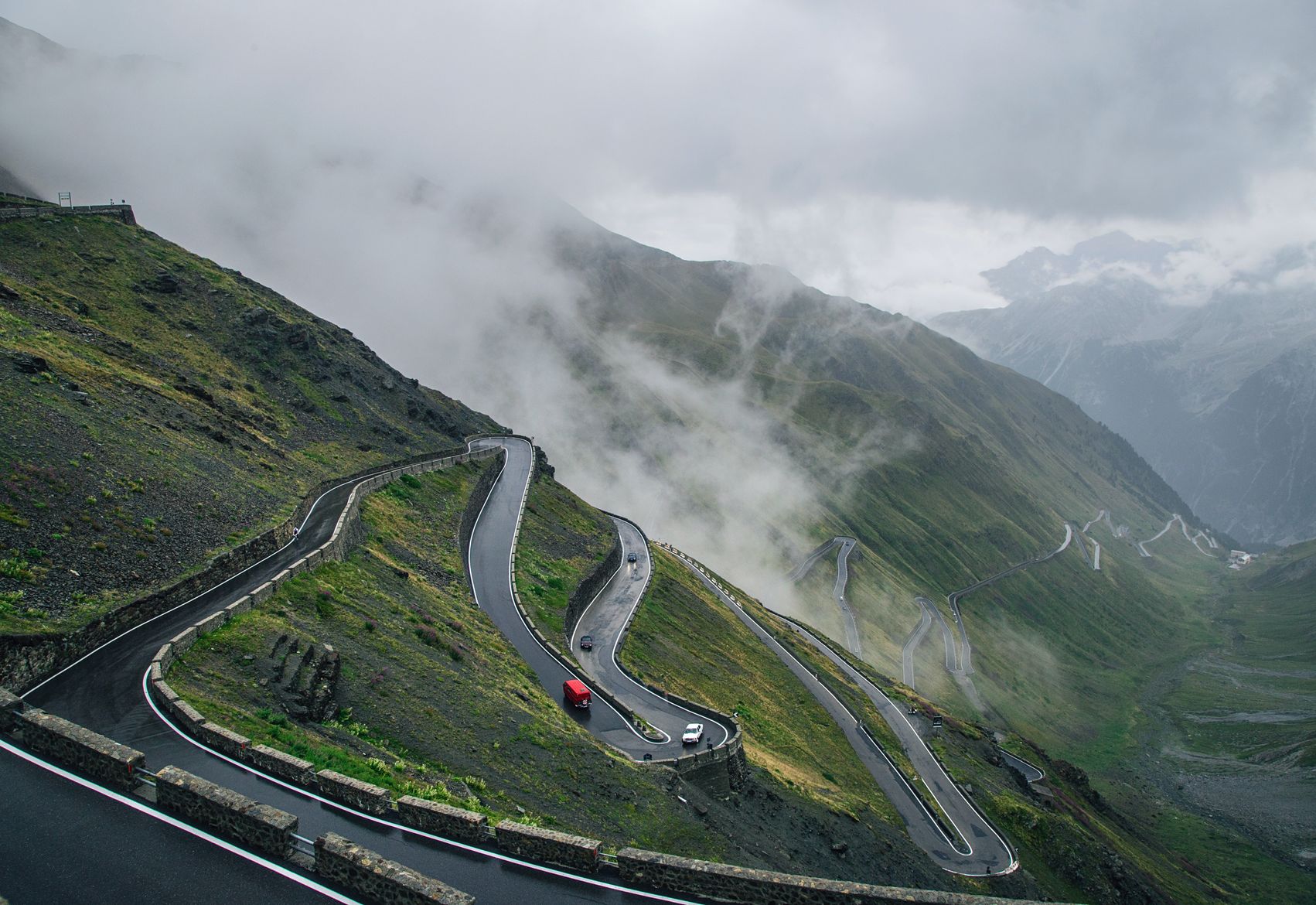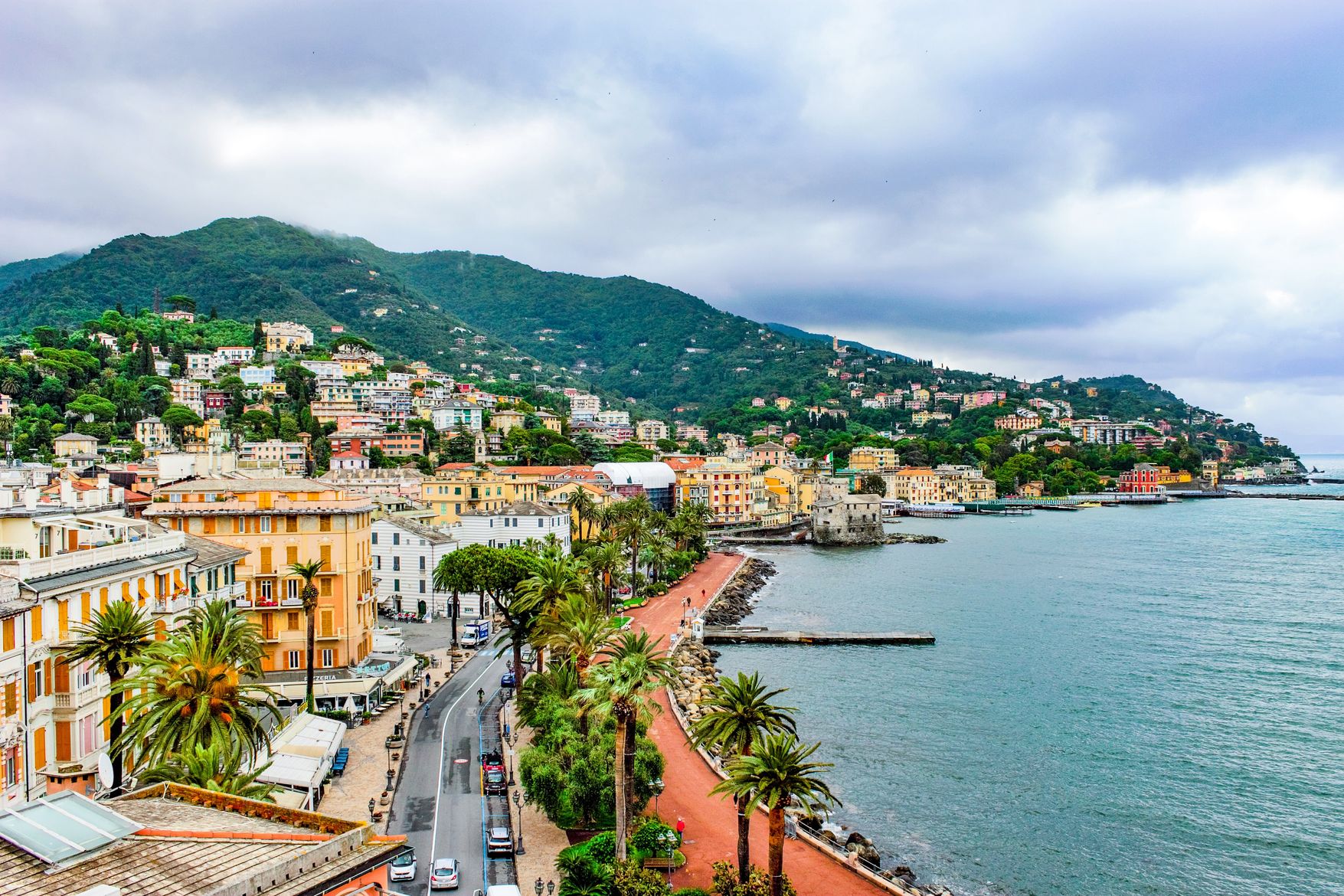Italy Traffic Guide
What is it like to drive on Italian roads?
Italy, in addition to exciting, culturally significant cities like Milan, Rome, and Florence, has a lot to offer in rural areas too. Those who want to fully and flexibly explore the picturesque mountain landscapes and the breathtaking Mediterranean coasts should consider a road trip by car.
To ensure you are well-prepared for road traffic in Italy, this guide provides an overview of important traffic rules and road conditions in Italy.
Overview of Traffic Rules in Italy
- To drive in Italy, you must be at least 18 years old and have a valid EU driver's license.
- Italy practices right-hand driving.
- The speed limit within built-up areas is a maximum of 50 km/h. Outside built-up areas, a speed limit of 90 km/h applies.
- On expressways, the maximum speed is 110 km/h. In case of rain or snow, as well as for drivers who have had their license for less than 3 years, the speed limit is reduced to 90 km/h. On motorways, the maximum speed is 130 km/h or 110 km/h in rain and snow. Novice drivers are limited to 100 km/h here.
- Seat belts are mandatory in Italy, including for dogs being transported.
- Using a mobile phone or tablet by the driver is strictly prohibited and can be punished with an immediate driving ban. However, calls can be made using a hands-free system.
- Radar detectors are neither to be used nor carried.
- You must have your dipped headlights on motorways and outside urban areas during the day.
- A warning triangle, reflective vest, and first aid kit must be in the car. The reflective vest must be worn before leaving the vehicle in case of a breakdown or accident outside urban areas.
- The blood alcohol limit is 0.5‰. Novice drivers, who have had their license for less than 3 years, must not consume any alcohol before driving.
- Smoking inside a vehicle is not allowed when minors under 18 or pregnant women are present.
- If you break down on a motorway in Italy, note that private towing is not allowed. You should directly call for roadside assistance.
Driving in Italy
The roads in Italy
Italy is characterized primarily by narrow roads. In the cities and villages, you'll find many narrow alleys through which you have to navigate your car.

Outside urban areas, you mainly progress through mountainous landscapes on switchbacks, where you can expect narrow roads and blind curves. It's advisable to honk before a curve to warn oncoming traffic.
Outside the city, you should also be mindful of mixed road conditions. Be prepared for potholes and rocks or other objects on the road. Additionally, routes and hazard spots are not always optimally signposted. So, drive particularly attentively and have a navigation system or a map on hand for emergencies.
Special consideration for other road users is especially important in cities. Italian drivers are known for fast driving with daring maneuvers. This includes sudden lane changes, speeding, and late braking. Therefore, always remain vigilant and, when in doubt, do not insist on your right of way for the sake of your safety.
Petrol stations and charging stations
Petrol and Diesel: The prices for petrol and diesel in Italy are slightly above the European average. However, petrol stations are widely available. Along the motorways, you'll find manned petrol stations open 24/7. Other petrol stations usually close overnight and at midday.

Many petrol stations also have fuel dispensers for self-service, available 24/7, indicated by signs saying "Fai da te" or "aperto 24 ore."
Electric cars: Especially Northern Italy is already well-equipped with charging stations for electric cars. Especially along the motorways and major traffic routes, you can easily recharge your electric vehicle. In Southern Italy, the network of charging opportunities is significantly less dense. Here, you should inform yourself about possible charging stations before each trip. However, the network is regularly expanded with new stations.
Hydrogen cars: Currently, there are only a few hydrogen stations in Italy. Most hydrogen fuel stations are located in the North and along the coasts.
Rental car or own car?
Italy is easily accessible by car due to its central location in Southern Europe. For entry with a car from Germany, the vehicle documents and the Euro plate are usually sufficient. However, it is recommended to carry the International Insurance Card, as it is needed in case of an accident to settle insurance matters.
You can also flexibly discover the beauty of Italy with a rental car. Most rental companies are located at the airports and in the larger cities. Depending on the provider, you can rent a vehicle from the age of 19. However, additional fees for young drivers typically apply up to the age of 21. Moreover, you must have had your driver's license for at least one year if you wish to rent a car.
Fines
Fines in Italy are somewhat higher than in other European countries. Higher fines can be imposed for some offenses at night. Many fines offer a 30% discount if they are paid within five days.

Excerpt from the fine catalog:
- Speeding (20 km/h over the limit): from 175 euros (approx. £150)
- Speeding (50 km/h over the limit): from 545 euros (approx. £470)
- Seat belt violation: from 85 euros (approx. £75)
- Illegal parking: from 45 euros (approx. £40)
- Drunk driving: from 545 euros (approx. £470)
- Running a red light: from 170 euros (approx. £145)
- Using a mobile phone while driving: from 165 euros (approx. £140)
Conclusion: How to drive in Italy
Driving in Italy can become a challenge due to narrow roads and hectic traffic participants. However, it is especially worthwhile if you want to explore not only the cities but also the most beautiful landscapes and villages.
► Here, you can find more information about the toll regulations in Italy to be optimally prepared for your trip.
